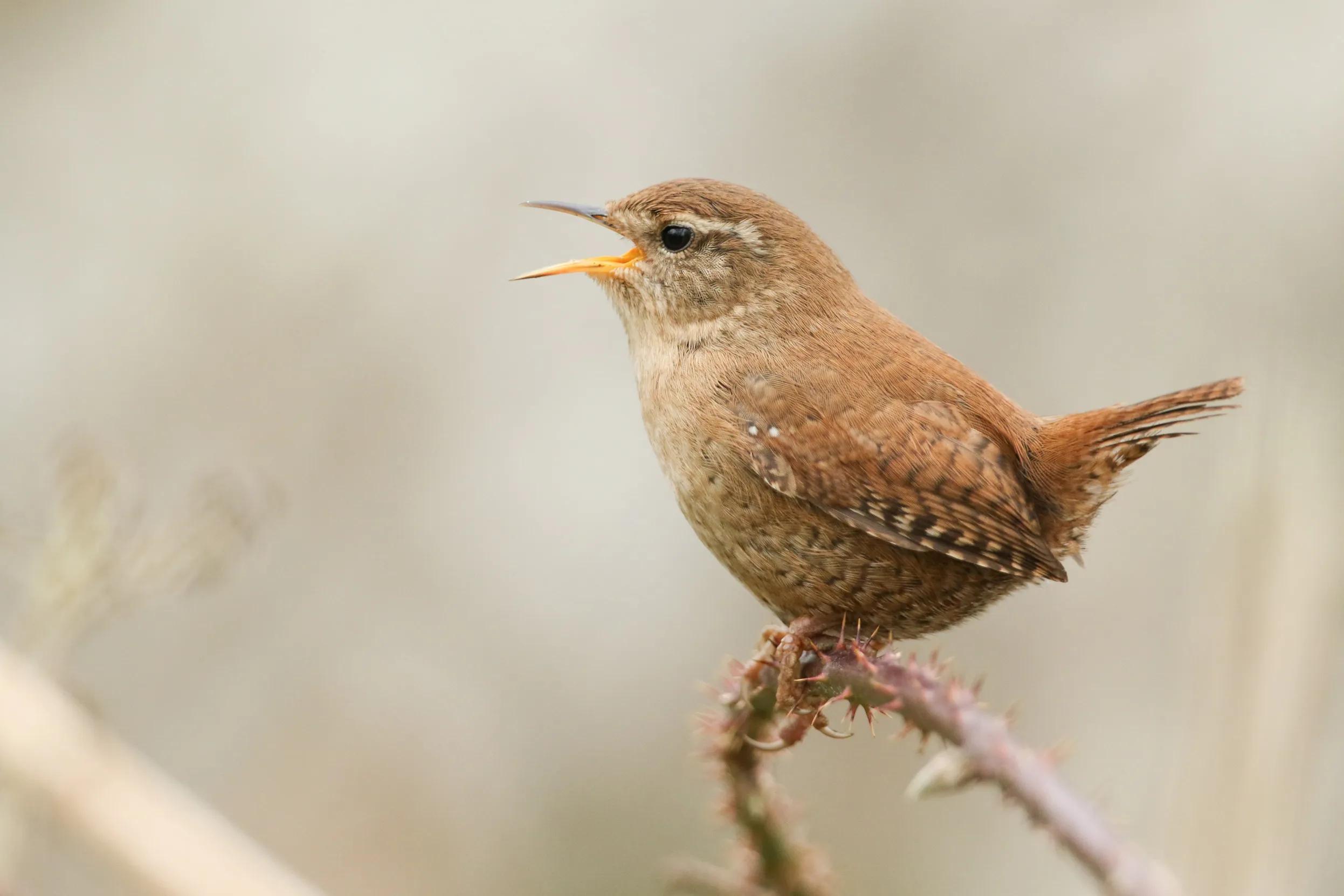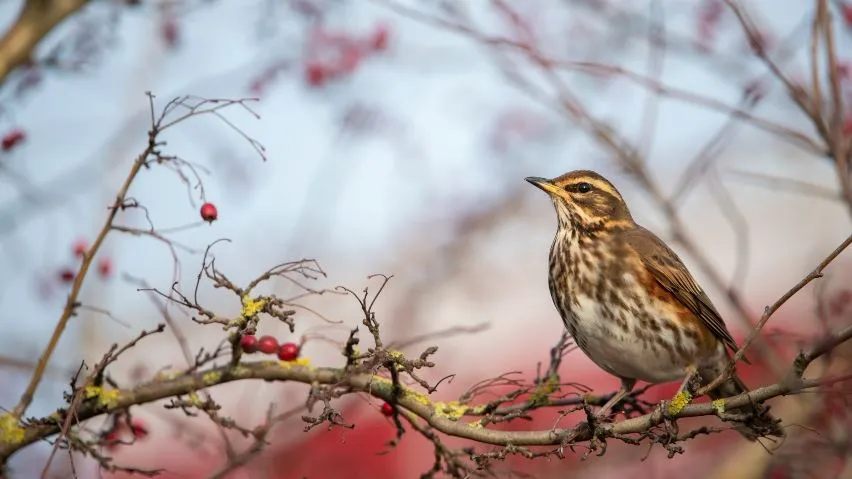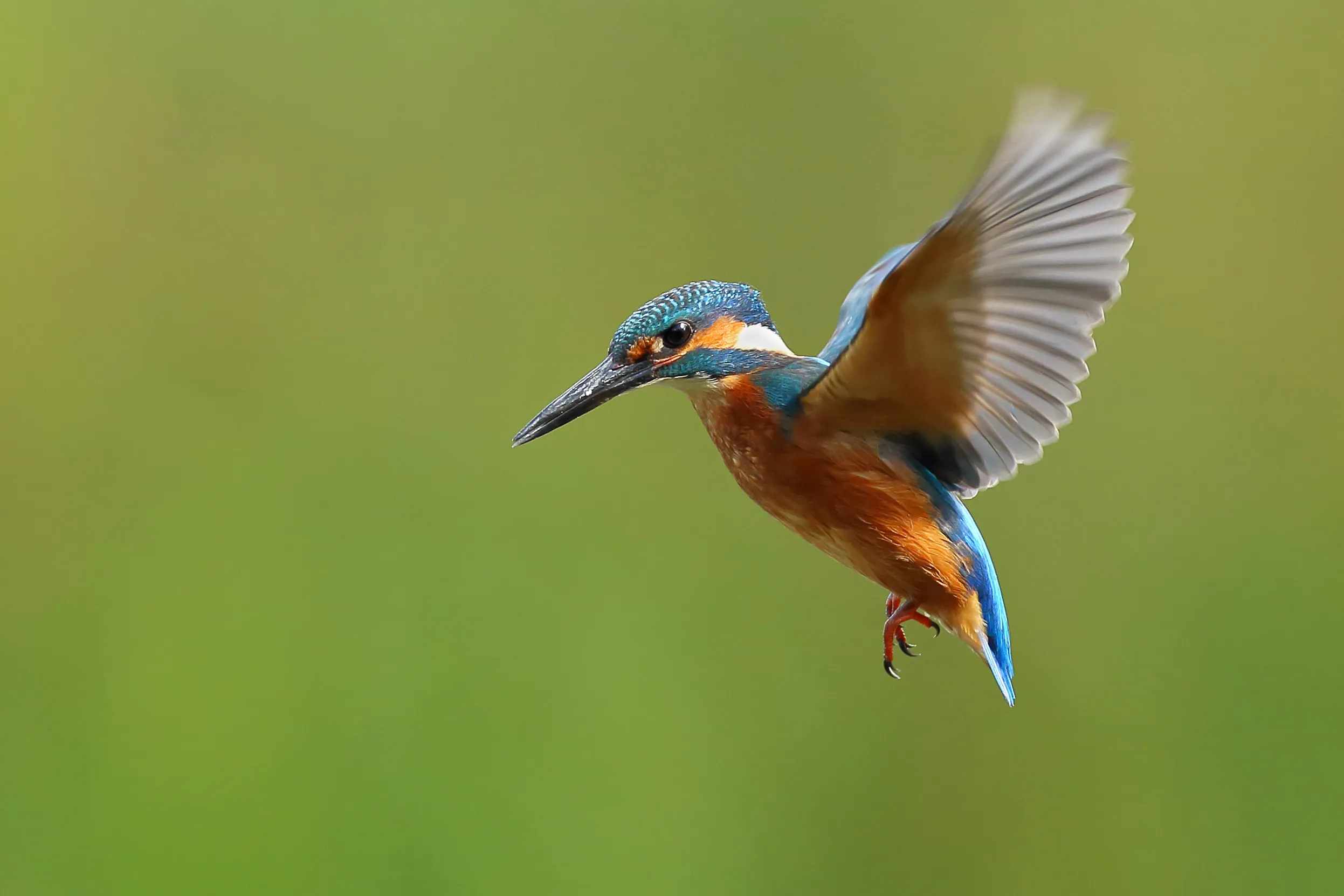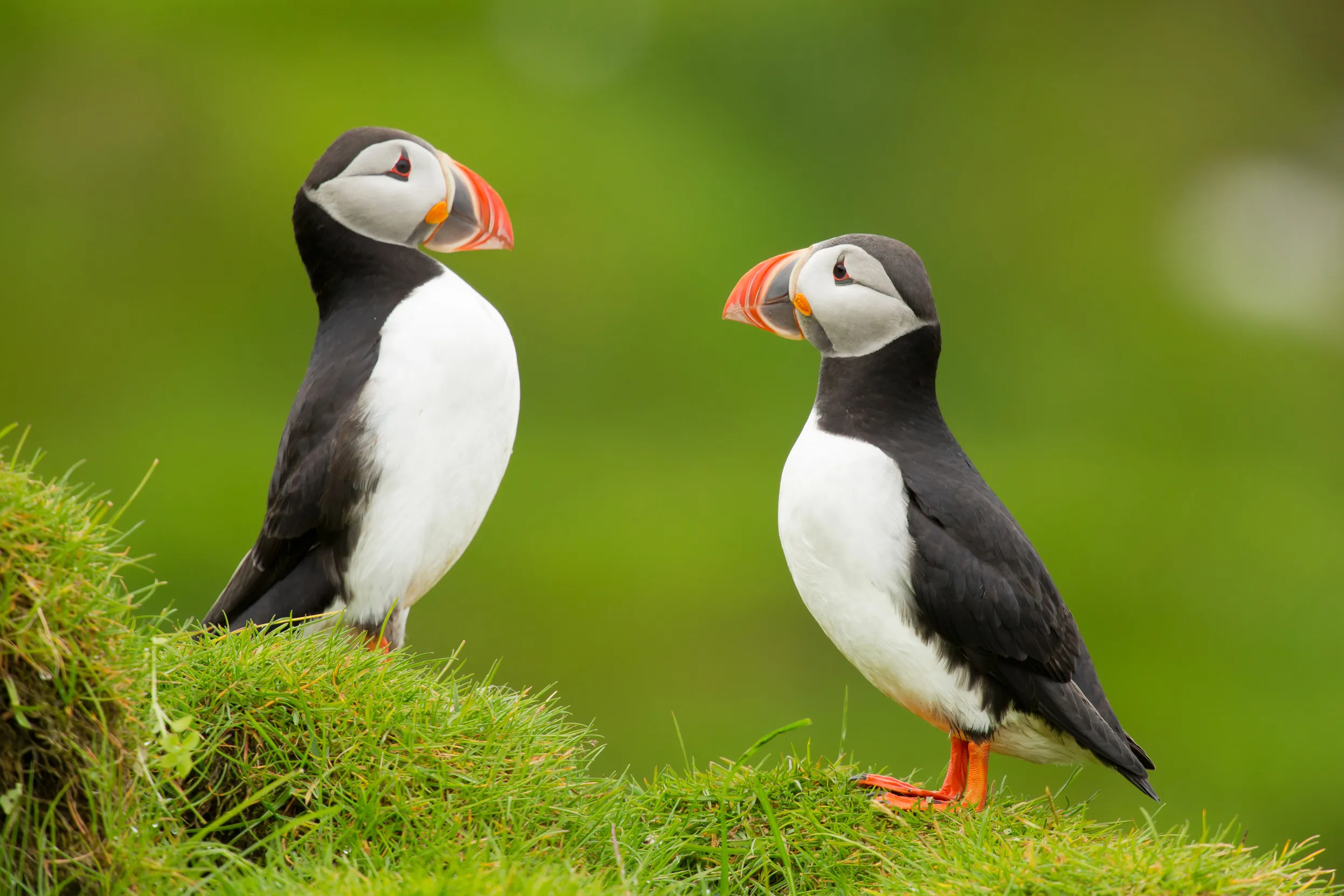News
Avian Influenza: a major threat to our struggling seabirds
A new collaborative report, the HPAI Seabird Survey Report, reveals devastating impact of Avian Influenza.
A huge thank you to all our Notes on Nature readers who entered the competition to win Be a Birder by Hamza Yassin. You may recall that to enter the competition, we asked you to tell us your favourite bird. More than 3,700 of you answered the call and we’ve now totted up the results!

The International Ornithological Committee estimates that there are around 11,000 different species of birds worldwide. So that’s an awful lot of birds from which to choose a favourite!
Narrowing it down to the UK, you may be surprised to hear that there are around 600 bird species recorded on these isles. This list includes very rare species, as well as non-native birds that are breeding in small numbers. Plus, many species will be here for only part of the year, such as Swallows who come for the summer to nest and raise their chicks, and Redwings who arrive in winter searching for berries to eat.

So given there is such a plethora of birds to choose from, what did people pick?
Firstly, these results are neither representative nor scientific. But with over 3,700 people emailing in, they do provide us with a fantastic insight into our favourite birds.
Top of the flocks is the Robin. These are one of our most familiar garden birds, nicknamed Robin Redbreast, dubbed the gardener’s friend and a veritable poster bird for Christmas!
The Robin’s position at number one echoes a poll back in 2015, launched by Urban Birder David Lindo, to name the nation’s favourite bird. Over 200,000 people took part and the Robin was duly crowned the winner.
Perhaps one reason why Robins are so popular is because of their habit of living close to us. Many a gardener will tell you that they only have to lift a spade and a Robin will appear. What we assume is friendliness is opportunism. Gardening often involves digging which in turn disturbs worms and other grubs – rich-pickings for a hungry Robin.
Robins also do very well in the RSPB’s annual Big Garden Birdwatch and in 2023 came in at number six. How will Robins do in this year’s Big Garden Birdwatch?

In second place is the Wren. Like Robins, Wrens also have an affectionate nickname: Jenny Wren. This dainty little bird is a super-singer, able to belt out a song at a volume seemingly at odds with its tiny body. Wrens are widespread throughout the UK and described by the British Trust for Ornithology as the most numerous wild breeding bird in the UK. Could their sweet song be the secret to their success?
Hot on the tail feathers of the top two is the Kingfisher. This is undoubtedly one of the UK’s most colourful birds, with their azure blue wings, orange bellies and dark dagger-like bills. Despite their striking plumage, they can be hard to spot, making every sighting a thrill.

Next up are two garden birds, with the Long-tailed Tit at number four and the Goldfinch at number five. Both these birds were within the top ten of birds sighted in the Big Garden Birdwatch in 2023.
Long-tailed Tits are sociable birds, typically seen in family groups, flitting from branch to branch and calling to each other as they go. They have noticeably long tails in contrast to their fluffy round bodies, giving them the appearance of little fluffy lollypops!
Goldfinches too are often seen in flocks. These distinctive finches have red faces and bright yellow wing bars that seem to flash in flight.

Just outside the top five is the Puffin at number six. With their colourful bills and doleful eyes, it’s no wonder these clowns of the sea have made it into the top ten. But despite Puffins being one of our most-loved birds, they’re also one of our most threatened.
In September 2023, the Seabird Count report revealed ongoing and worrying declines. Scotland, which holds 75% of Britain and Ireland’s Puffin population, has seen a 21% drop in their numbers in the last 20 years – and that’s before many seabirds were hit by Avian Flu.
One factor affecting Puffins and other seabirds is a lack of food, particularly for feeding their chicks. Sandeels are a favourite prey species, but these small fish have been struggling in UK waters, because of climate change but also fisheries. For decades, we’ve campaigned for a closure of sandeel fisheries within UK seas, and we’re getting close. Take a look at what actions need to be taken to save our seabirds.

So here it is, the top ten as voted for by Notes on Nature readers entering a competition! Interestingly five of the top ten favourite birds are birds commonly seen in gardens: Robins, Wrens, Long-tailed Tits, Goldfinches and Blackbirds.
The RSPB’s Big Garden Birdwatch takes place between 26 and 28 January 2024. It’s a great way to help us better understand how our garden birds are faring and is open to everyone and easy to take part in. You don’t need a garden and can join in from your local park or by watching from your balcony. Just choose an hour anytime over the Big Garden Birdwatch weekend and count the birds you see.
How many of the readers’ top ten will you see in your Birdwatch?
Take part in Big Garden Birdwatch
Notes on Nature readers' top ten birds
1 Robin
2 Wren
6 Puffin
8 Nuthatch
9 Red Kite
10 Barn Owl